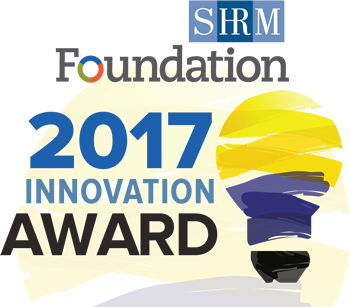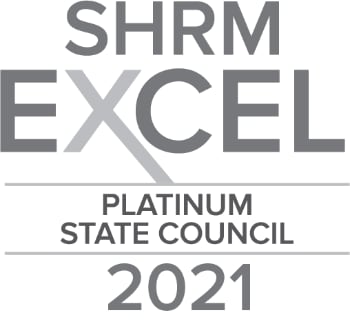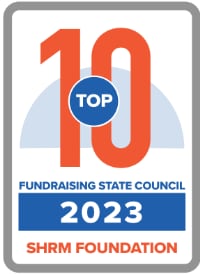The Summer Ends with a Bang for Federal Agencies
Submitted by Chris Schrader, SPHR, HR Indiana SHRM Government Affairs Director
The NLRB, EEOC, and DOL all swung into action with guidance, decision, and rulemaking during the waning weeks of Summer.
NLRB
The National Labor Relations Board completely upended settled labor law to favor union organizing rules. Under the NLRB’s Cemex Construction Materials decision, employers must now follow tight rules to protect their employees’ right to a secret ballot vote. At the same time, the NLRB issued a final rule that will take effect on December 26, 2023, returning to the Obama-era process of forcing quick NLRB elections (“Ambush Elections”). These two actions combined provide significant leverage to unions.
What has changed?
Union Elections
Before: Before recognizing a union, employers could insist the union win an NLRB-supervised secret ballot election to prove that most employees want union representation.
Now: Employers must recognize and bargain with a union based upon the union obtaining signed union cards from a majority of employees (“Card Check”) unless the employer files an “RM” petition with the NLRB asking for a secret ballot election within 14 days of the union’s demand for recognition.
Timing of Elections
Before: NLRB election procedures typically resulted in scheduling elections within 30 to 40 days after a union (RC) or employer (RM) petitioned for an election.
Now: NLRB election procedures are shortened to permit elections within as few as 20 days after a union (RC) or employer (RM) petition for an election.
Impact on Election Conduct
Before: If the NLRB finds an employer committed unfair labor practices (“ULPs”), placing the fairness of an election in doubt, the NLRB schedules a new election, as long as a fair re-run election can be held. Only if a fair re-run election cannot be held will the NLRB order the employer to bargain with the union based on union cards.
Now: If the NLRB finds an employer committed ULPs placing the fairness of an election in doubt, the NLRB will automatically order the employer to recognize and bargain with the union, without an election, based solely upon signed union cards from a majority of employees.
EEOC
The Pregnant Worker’s Fairness Act was passed in December 2022. SHRM backed this legislation, which fundamentally provides ADA protections to pregnant workers. The bill passed with broad bipartisan support in the House but ran into trouble in the Senate when concerns were raised that the Act could force employers to provide accommodations to workers seeking abortions. Ultimately, the bill’s Author, Senator Robert Casey (D-PA), took to the floor during debate and assured the senators that the EEOC under the law “could not issue any regulation that requires abortion leave.”
The Equal Employment Opportunity Commission announced on August 11 a proposed rule to deem abortion a “medical condition” related to pregnancy and childbirth. This means employers could be required to provide women time off to get abortions and possibly even pay for travel if their states restrict abortion, such as Indiana. The rule also states that employers will be required to provide accommodations for menstruation, endometriosis, and fertility treatment. Finally, the rule deems “pregnancy” not simply as an active state of being but expands the definition to include past pregnancies, potential pregnancies, and intended pregnancies to be also covered under the Act. It remains to be seen where the final guidance lands.
Many Senate Republicans feel duped on the legislation by their counterparts, and I fear the EEOC’s actions will make it much harder to get bipartisan legislation on the workplace through the Senate.
DOL
The Department of Labor has finally issued its proposed rule on the salary threshold for exempt workers:
- Increase the proposed salary threshold from $684 per week ($35,568 annually for a full-year worker) to $1,059 per week ($55,068 annually for a full-year worker). The increase reflects the 35th percentile of weekly earnings of full-time salaried workers in the lowest-wage Census Region (currently the South).
- Increase the salary threshold for Highly Compensated Employees (HCEs) from $107,432 annually to $143,988 annually. The increase reflects the annualized weekly earnings of the 85th percentile of full-time salaried workers nationally ($143,988).
- Implement automatic increases every three years to all earnings thresholds. This determination would be based on the most recent available four quarters of data published by the Bureau of Labor Statistics (BLS).
The rule will enter a 90-day comment period once it is published in the Federal Register; this has not yet happened, which is surprising. SHRM is in the process of drafting a letter for HR professionals to use. I will keep you posted.
Would you like to be more involved in government affairs? Joining the SHRM A Team can also be a great way to give back to the HR community. A-Team members work on a variety of projects that benefit the HR profession. This can include advocating for the HR profession on a national scale. A-Team members can positively impact the HR profession by volunteering their time and expertise.
You can join the A Team by texting ATEAM to 52866.






